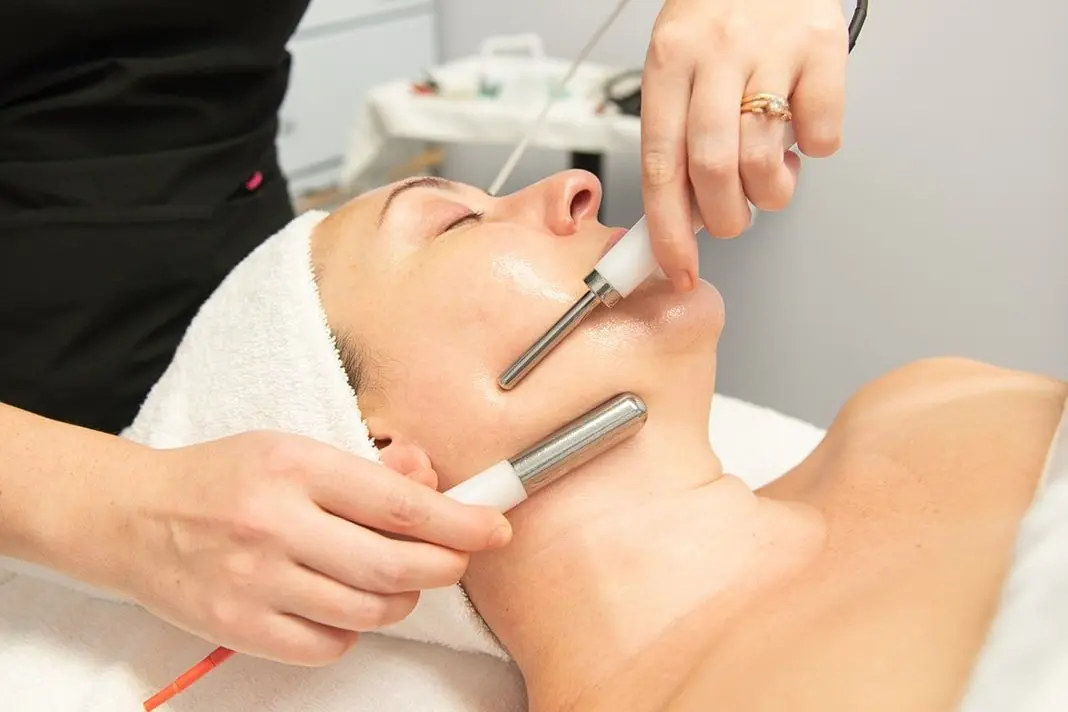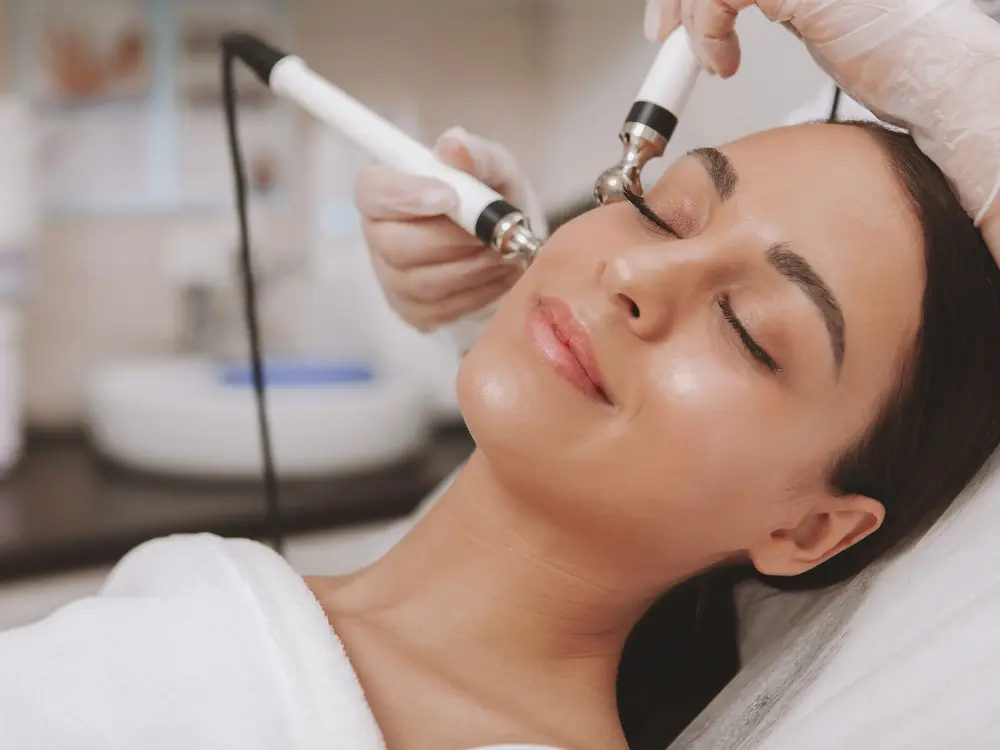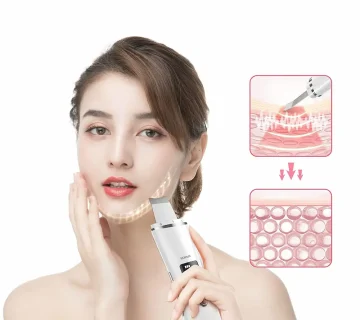Introduction:
Microcurrent devices have garnered significant attention as advanced technologies in the field of healthcare and therapy. By generating electrical currents with specific frequencies and intensities, these devices provide unique therapeutic capabilities. In this article, we delve into an in-depth examination of the principles of operation, applications, and innovative potentials of microcurrent devices.
1. Principles of Operation:
– Microcurrent Generation: Microcurrent devices operate by producing electrical currents at very low frequencies (typically below 1000 Hz) and low intensities (usually below 1000 microamps).
– Cellular Stimulation: These microcurrents have the ability to stimulate cellular activities and regulate biochemical processes within cells.
– Increased Blood Flow: Microcurrent devices can increase blood flow to targeted areas, aiding in the improvement of healing processes.

2. Applications:
– Pain Management: Microcurrent devices can provide relief for chronic pains such as joint pain, muscular pain, and neuralgia.
– Wound Healing: These devices can accelerate the wound healing process and aid in reducing inflammation and associated infections.
– Reduction of Inflammation: Cellular stimulation by microcurrents can help reduce inflammation associated with various diseases.
3. Innovative Potentials:
– Integration with Other Technologies: Microcurrent devices can be combined with other technologies such as physiotherapy procedures, laser therapy, and stimulatory drugs to enhance therapeutic effects.
– Research Applications: These devices can be utilized in research on cellular biological activities and the effects of electrical currents on cells.

4. Challenges and Issues:
– Standardization: Wide-scale adoption of microcurrent devices requires standardization for regulating frequencies, intensities, and other relevant parameters.
– Further Research: To fully exploit the potentials of microcurrent devices, more research is needed on their effects and applications.
Conclusion:
Microcurrent devices offer diverse capabilities and applications in the realms of healthcare and therapy. With their unique operational principles, versatile applications, and innovative potentials, these devices can serve as primary tools in addressing many health-related issues. However, harnessing their full potential requires additional research, stricter standardization, and the development of associated technologies.



No comment